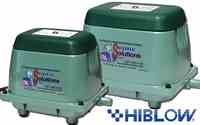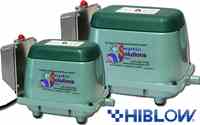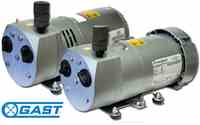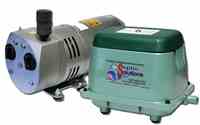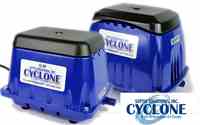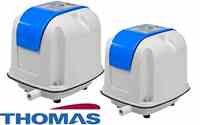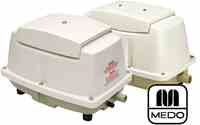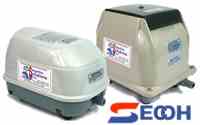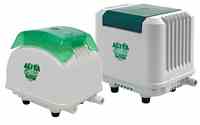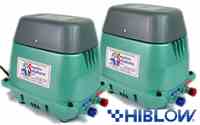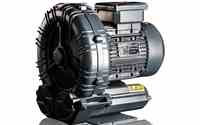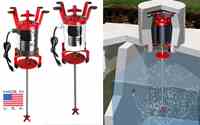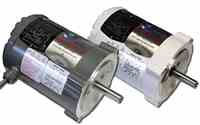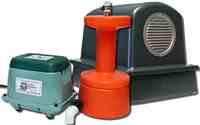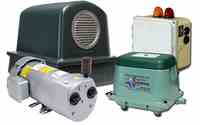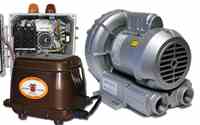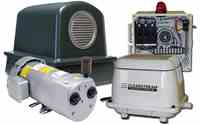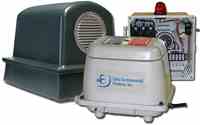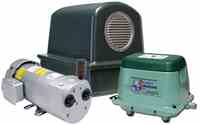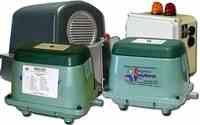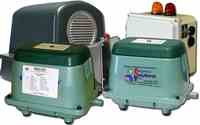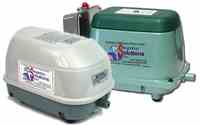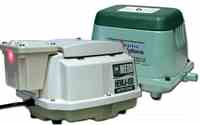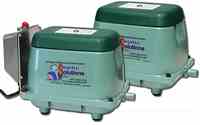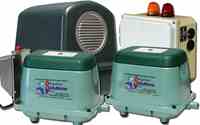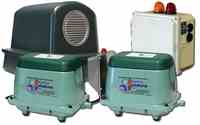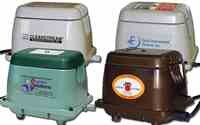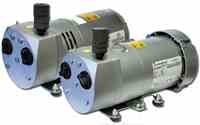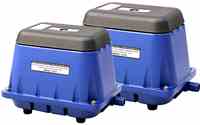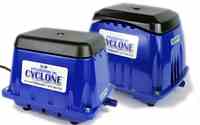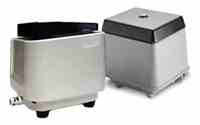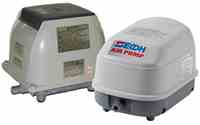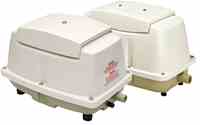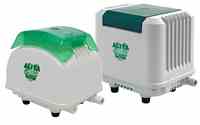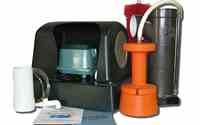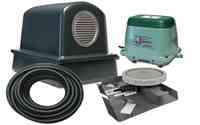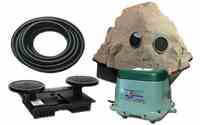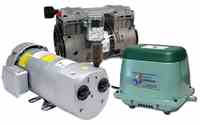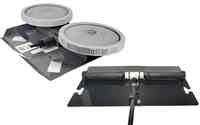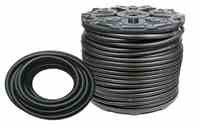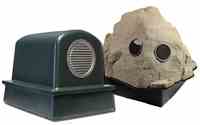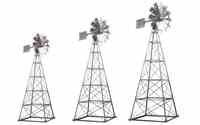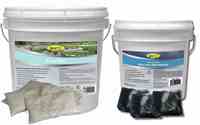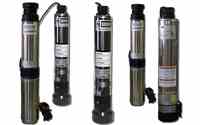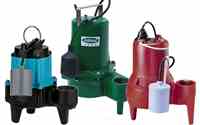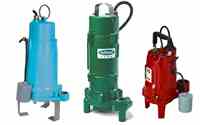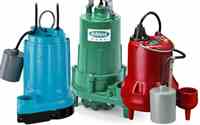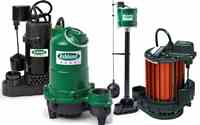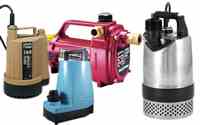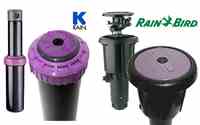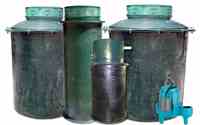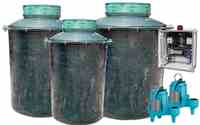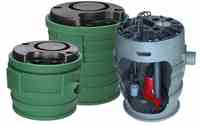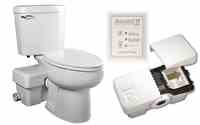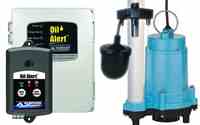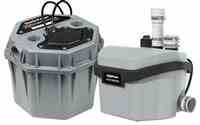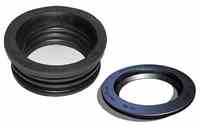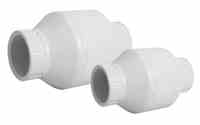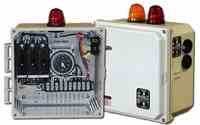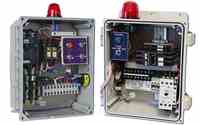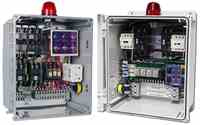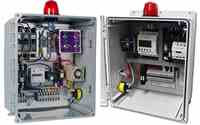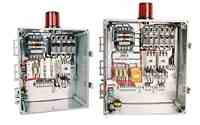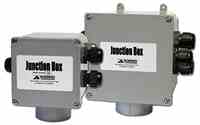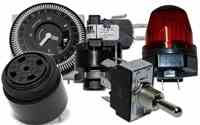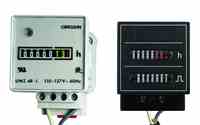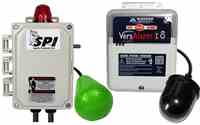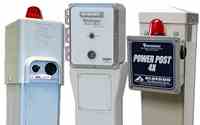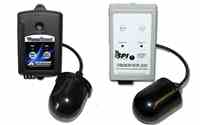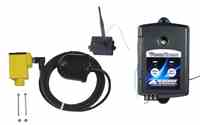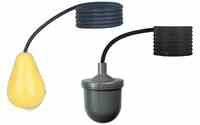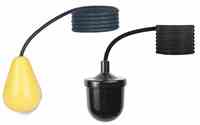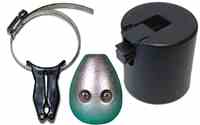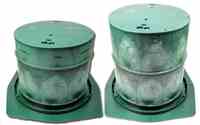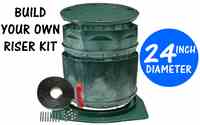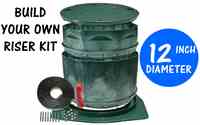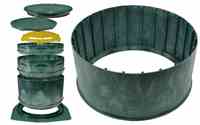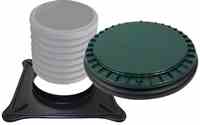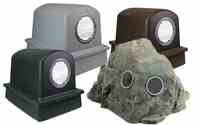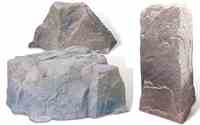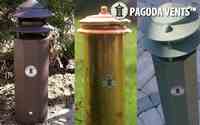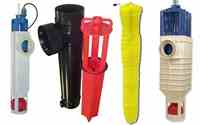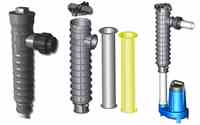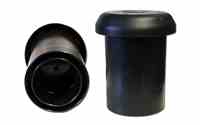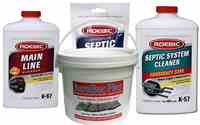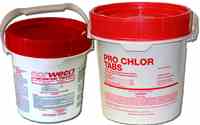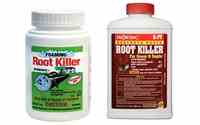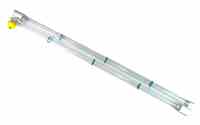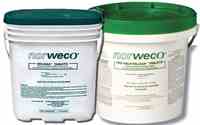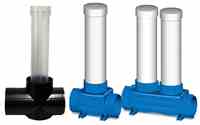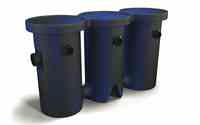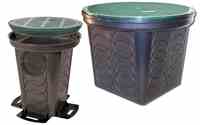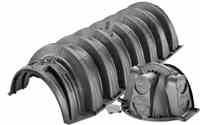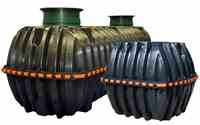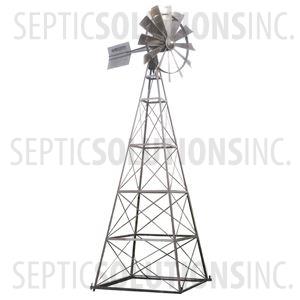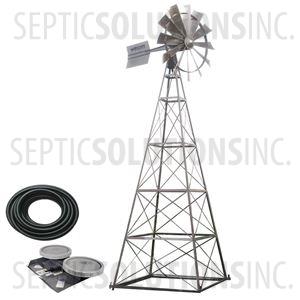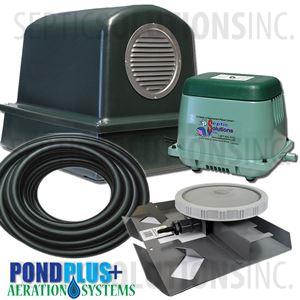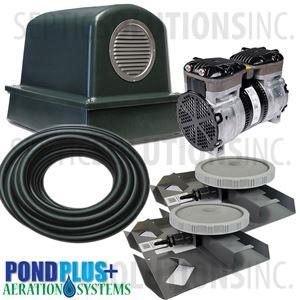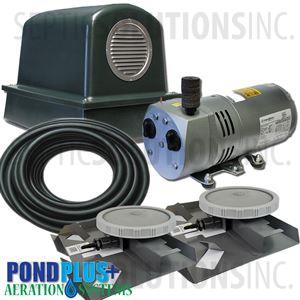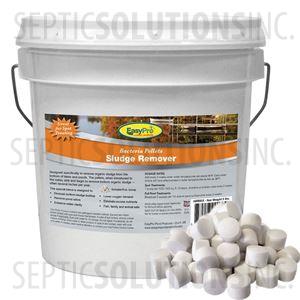Guide to Pond Water Quality Using Bottom Aeration
A natural body of water is a complex biological, chemical, and physical community. The quality of water determines the health of the entire community and the aquatic organisms living within the system from microscopic bacteria to the largest fish.
In this article we will discuss how the ecosystem within your pond or lake works and how it can be improved by using aeration in conjunction with application of beneficial bacteria additives.
Understanding the Nitrogen Cycle
Understanding how the Nitrogen Cycle works in regards to your lake or pond, including how a pond lives and breathes throughout a 24 period is key to understanding how aeration can benefit the overall ecosystem.
Fish waste and dead plant material settle to the bottom and decompose. As the organic matter decomposes it creates toxic ammonia. Beneficial bacteria with the assistance of oxygen then converts the toxic ammonia into toxic nitrites and then those toxic nitrites into nitrates. Nitrogen is then absorbed by plants as a food source. This natural cycle is referred to as the Nitrogen Cycle.

How a Pond Lives & Breathes – The Oxygen & Carbon Dioxide Exchange
Ponds can be thought of as taking a breath and exhaling once within a 24-hour period.
During the day plants take in carbon dioxide and as a byproduct of photosynthesis they release oxygen back into the water. With the help of the sun, plant life goes through the process of photosynthesis to make glucose, a form of sugar plants need to survive.
During the night hours, when photosynthesis stops, beneficial bacteria use the oxygen to process toxic waste and as a bi-product produce carbon dioxide. All living organisms in the pond ecosystem also take in oxygen and produce carbon dioxide as they breath.
When everything is in balance the creation and exchange of oxygen and carbon dioxide balances out within each 24-hour period.
The Need for Oxygen & Beneficial Bacteria at the Bottom
The engine that drives everything within a body of water is the presence of oxygen and beneficial bacteria in proper levels. A pond’s condition deteriorates when its bottom environment is deprived of oxygen and cannot support aquatic life. The bottom is where the most oxygen is consumed and the furthest from the surface where it is replenished.
Without adequate oxygen at the bottom, beneficial bacteria’s ability to break down the organic waste is greatly reduced. This results in increased layers of sediment (muck) along the pond bottom. This increase in nutrients promotes algae growth and poor water quality.
Water Column Stratification
Without a bottom diffused aeration system, a pond’s water column can become stratified. Three zones become present within the water column and the water within these zones do not mix with water outside of their zone.
Epilimnion Zone – This is the upper most zone and water is typically oxygen rich. Waves and splashing of the surface water act to replenish the oxygen. This area may have recurrent surface scum and/or floating weed masses
Metalimnion Zone (Thermocline) – This is the middle zone and there is a decrease in temperature and dissolved oxygen.
Hypolimnion Zone – This bottom zone can be completely void of oxygen and the water temperature is cold. Weeds that can thrive in this environment multiple and it can become unusable by fish and all aerobic organisms.

Fighting Water Column Stratification with Bottom Diffused Aeration
Bottom diffused aeration provides a hydraulic lifting action that mixes the water throughout the water column. This eliminates the stratified zones and provides uniform temperatures and oxygen levels all the way up and down the water column. The benefits include:
- Fish can use the entire pond all year long
- Improved water clarity and quality
- Less algae growth, fewer weed problems, and less surface scum
- Improved natural bacteria populations and reduced muck levels on the bottom
- An enhanced pond ecosystem
- Better swimming and recreation areas
Beneficial Bacteria – The Perfect Companion to Aeration
The two best things that can be done to improve a pond’s health and water quality is bottom diffused aeration used in conjunction with beneficial bacteria. Beneficial bacteria usually come in powder or pellet form and are usually applied once per month. Adding beneficial bacteria gives a boost to the population of naturally occurring bacteria and helps to reduce the nutrient load in a pond to help keep it in balance.


